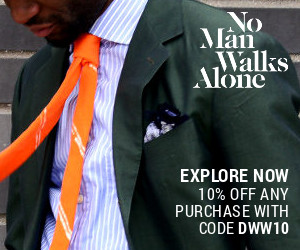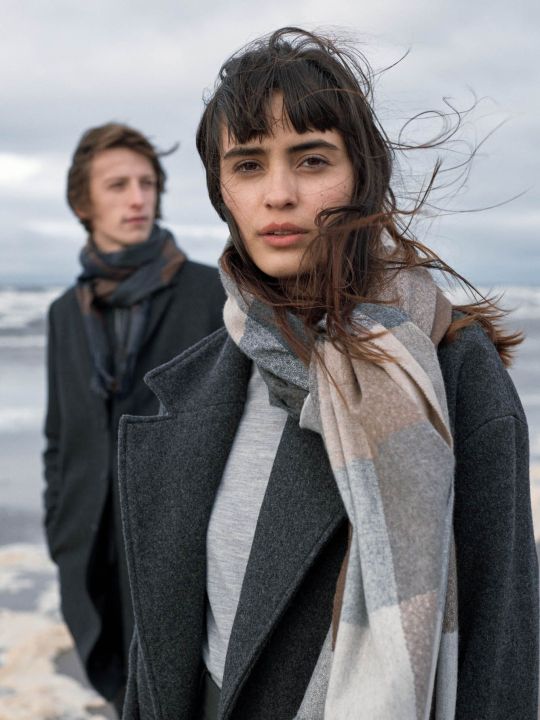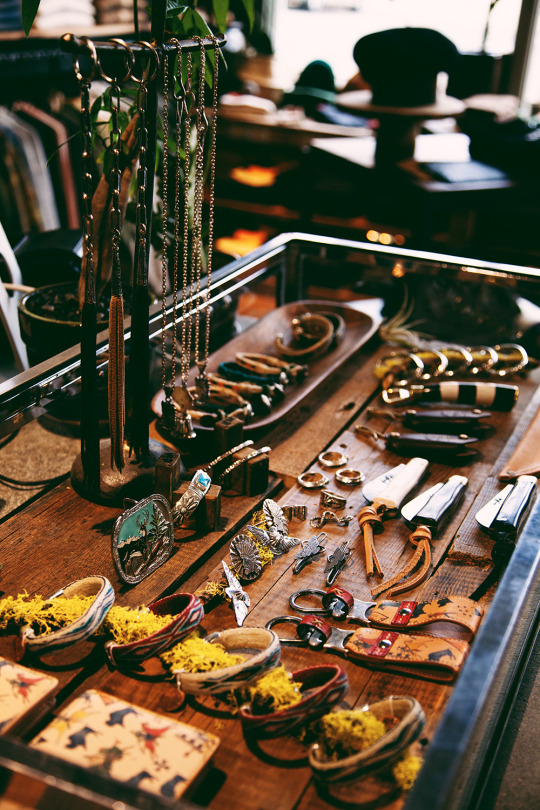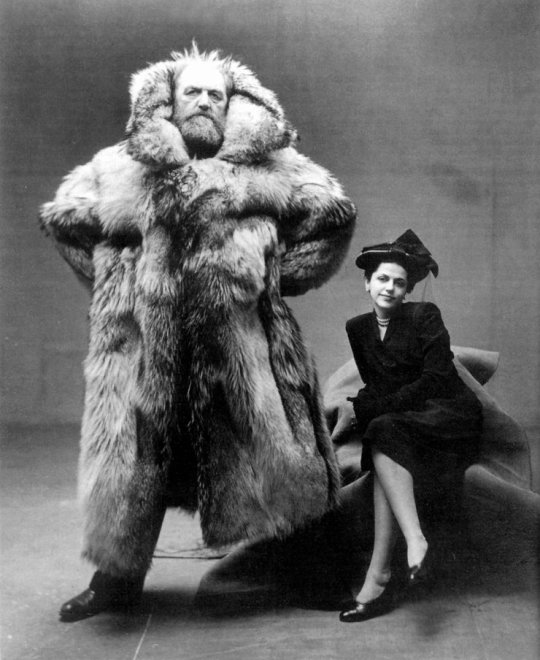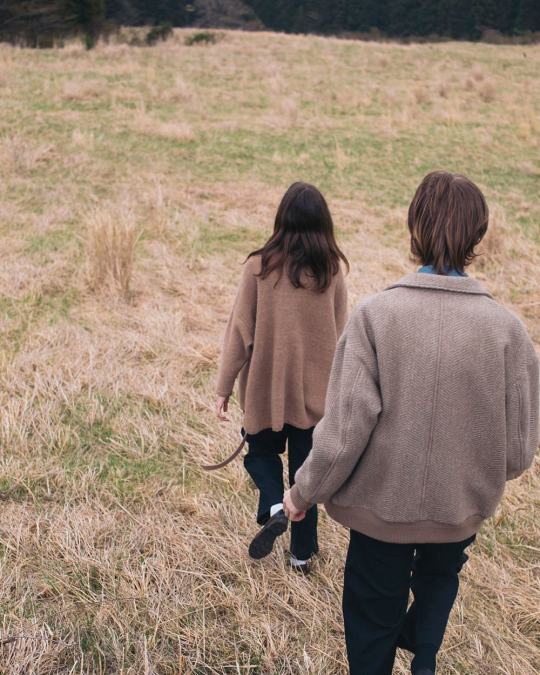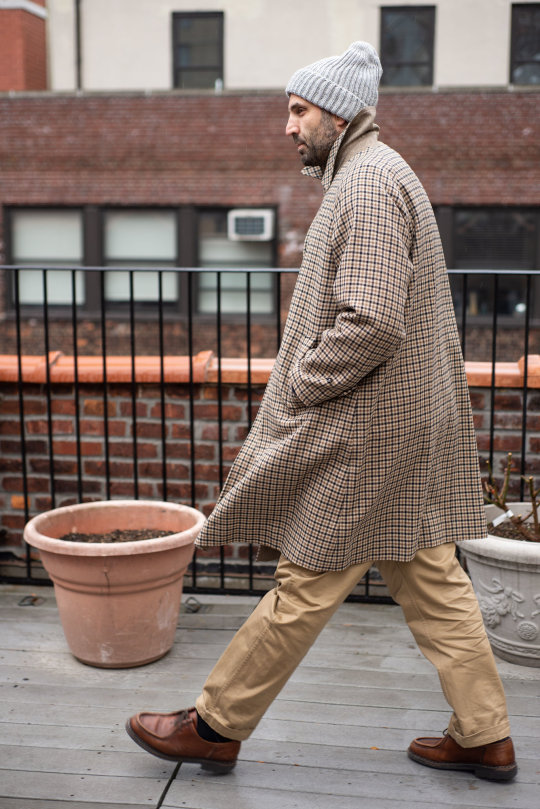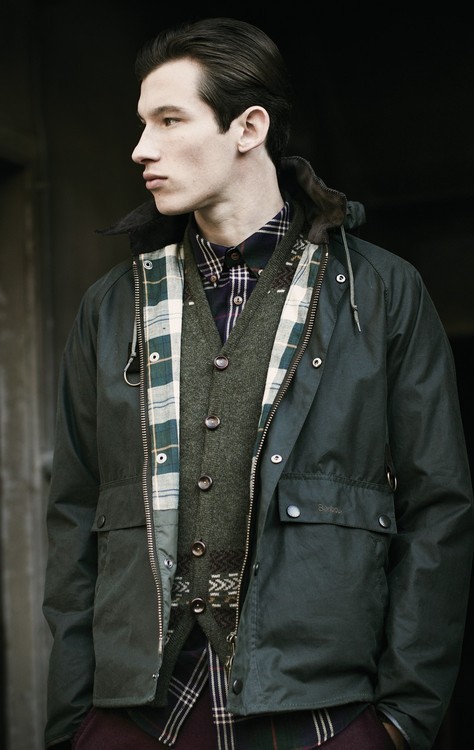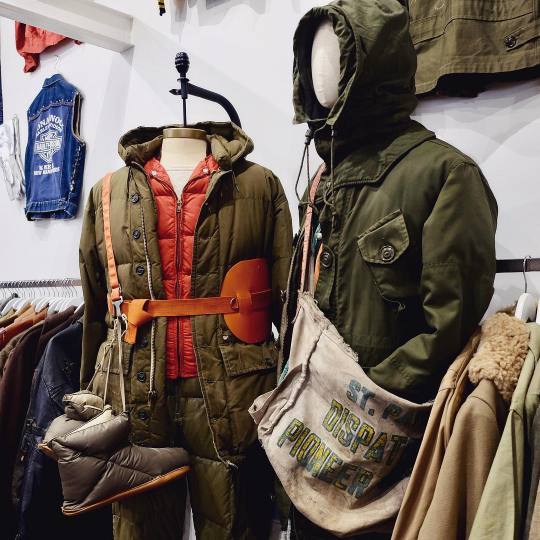
For the truly fashion-obsessed, the shuttering of Gallagher’s Paper Collectibles ten years ago marked the end-of-an-era. The dingy, subterranean shop in the East Village was one of New York City’s greatest institutions. Inside was a veritable treasure trove of vintage fashion magazines, books, and photo prints. Stacked in corners and along shelves, you could find Vogue in all its editions, dusty issues of Harper’s Bazaar, 100-year-old copies of Town & Country, the now-defunct Mademoiselle, and more arcane titles, some of which were published in the 1860s.
If you think this is just a local hangout for art students and the occupationally hip, you’d be wrong. In between preparing for their seasonal collections, award-winning designers used to come here to rifle through yellowed pages and plunder archives. Michael Gallagher, the store’s proprietor, once told The New York Times: “We get them all, Hedi Slimane, Karl Lagerfeld, Marc Jacobs big time, John Varvatos, Narciso Rodriguez, the Calvin assistants, the Gucci assistants, Dolce & Gabbana, Anna Sui – you name it. They all come here for inspiration. At least that’s what we call it.”
It’s no secret that designers copy. Menswear is full of work, sport, and military references, some of which have carried through into a professional dress. Penny and tassel loafers entered the canon because they were so thoroughly imitated. In the designer world, Tom Ford has been known to lift from Halston; Alexander McQueen stole from Vivienne Westwood. Helmut Lang once moved his operation from NYC to Paris to thwart copycats, but he himself replicated a disco bag from the indie design collective Three As Four. Diet Prada tries to publicly shame designers for copying, but with notable exceptions, they have little effect. Everyone knows how fashion works. When Oprah asked Ralph Lauren in 2011 how he’s been able to keep designing for so many years, he answered: “You copy. Forty-five years of copying; that’s why I’m here.”
Keep reading






